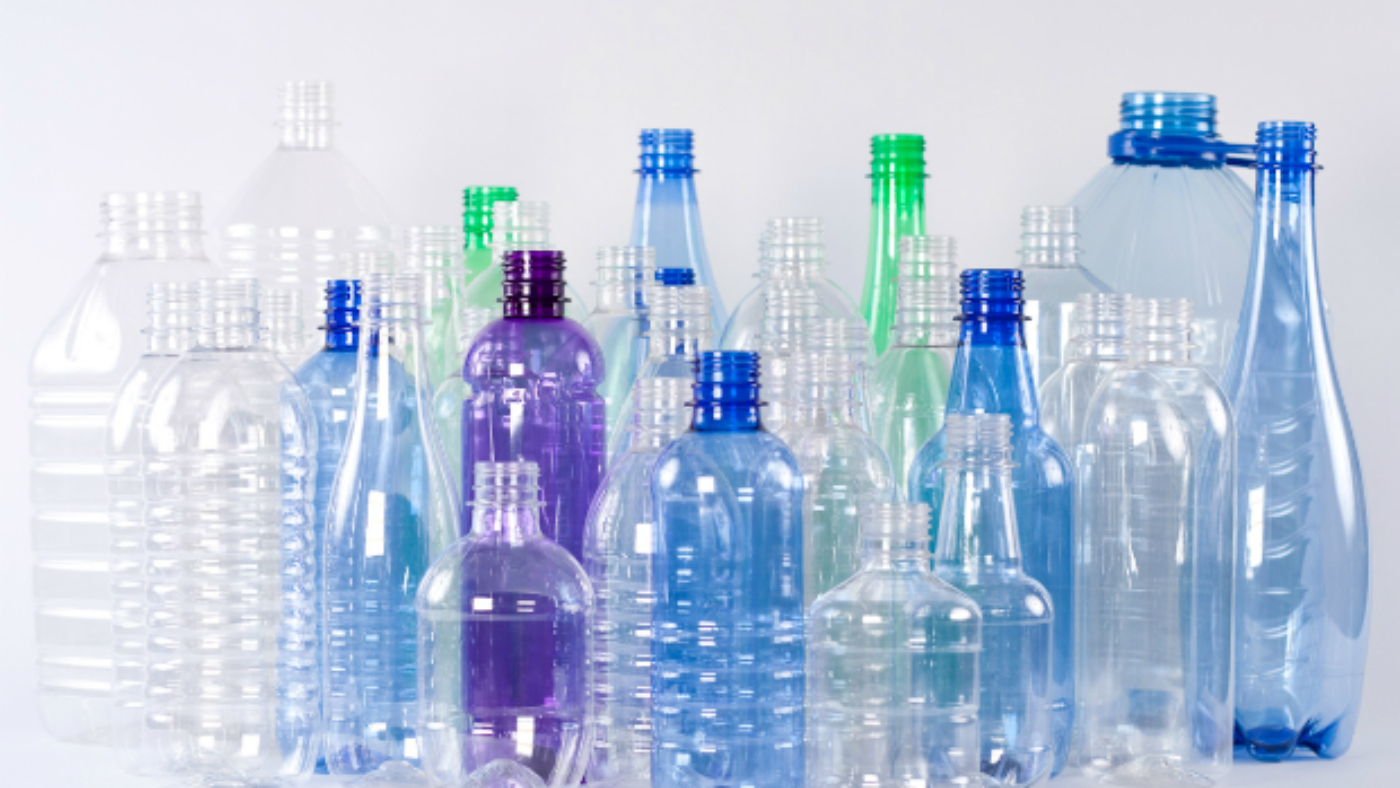You may have heard of a pet bottle and want to know what a pet bottle is? And what are its uses? In this article, we provide complete information about PET bottles. If you want to have complete information about PET bottles, stay with us until the end of this article. Before you get acquainted with PET bottles, we will give a brief explanation about PET plastics.
What is PET plastic, and what are its uses
PET plastic is derived from the word Polyethylene Terephthalate. PET plastic belongs to the family of polyesters and is considered as a long-chain polymer.
PET plastic, which is a type of polymer, is made from two crude oil derivatives called modified ethylene glycol monomers and pure acid terephthalates. PET plastic is light, safe, and flexible, has a semi-crystalline appearance, and is also known as pure plastic due to its portability.
PET polymer is one of the most widely used polymers in the world, which is used to date in the following three industries:
Textile industry:
- Polymer PET is known in the textile industry as polyester. In the clothing industry, a type of pet called pet-p was used, but today it is no longer used, and its production has stopped.
- Packaging and food industry: PET plastic is used in the packaging industry as a moisture barrier. PET can be used in the production of soft drink bottles, mineral water, beverages, oil bottles, and even packaging of pharmaceutical, health, and cosmetic products. Pet polymer is known in the packaging industry as pet or pet resin.
- Engineering plastic: To increase the strength of various materials, this polymer is combined with other materials such as glass fiber.
What is a Pet Bottle
It can be said that PET is most widely used in the bottle packaging industry. The difference between PET bottles and other bottles made from different materials is that they are compatible with the human body, and no harm is done to the body by smelling or touching them. Other advantages of PET bottles include lightness and lightweight, resistance to the penetration of gases, cheapness towards glass and metals, high resistance to temperature, resistance to breakage, and their non-harmfulness. These are the reasons why the production and use of PET bottles are increasing day by day in the world. It is interesting to know that the highest percentage of recycled plastics in the world is made of PET bottles.
As mentioned above, PET bottles are widely used in the packaging industry. One of the most common uses of PET in the world is to make beverage bottles. But you should know that the decomposition of PET bottles takes 300 years, and this is one of the concerns of humanity, but due to the recyclability, this concern is partially resolved, and on the other hand, PET bottles, although light, occupy a large volume. Slowly
Types of pet bottles
Generally, PET bottles are produced in different types of medicated PET bottles, book PET bottles, 1 liter PET bottles, 5 liter PET bottles, cylindrical PET bottles, PET spice bottles, rose pet bottles, and dishwashing PET bottles, each with its own application. Have.
How to detect a pet bottle
Types of plastics are known by different signs. In fact, codes for plastics are internationally defined, which has a clear meaning for everyone, and the type of plastic can be identified by its code. The number 1, which is surrounded by three arrows, is engraved under the PET bottles, and through it, it can be understood that the material of the bottle is PET plastic.
Detection of recycled PET plastics
Recycled PET plastic is the most common type of recycled plastic and is known as RPET. Recycled PET plastic can be recycled into biodegradable bottles, carpet fibers, and wool.
Check for pet toxicity
PET plastic is biologically neutral and has no toxicity. This type of plastic is not dangerous for humans and their health if swallowed by humans or animals.
Advantages of using PET plastic
Low price of PET plastic: The main price of PET bottles and their types is much lower than the price of glass and metal bottles, so many companies and factories are replacing PET bottles with glass and metal bottles for packaging.
Ease of use: The lid of PET bottles can be easily opened and closed, and this is one of the simple advantages of using PET bottles.
The simple advantage is the use of PET bottles
Easy Recycling: About 30% of PET bottles are destroyed if left in the ground for two years, so it can be said that they have the characteristics of biodegradable plastics. So recycling PET bottles and turning them into other materials is a logical solution to this problem.
PET bottles are recycled in very large quantities, thus saving on the production of raw materials in the petrochemical industry. On the other hand, recycling PET plastics produces very few greenhouse gases and poses less of a threat to the environment.
High safety and health: In the preparation and production of PET plastics, materials such as non-metallic antimony oxide are used, and heavy metals are not used as catalysts so that they are not dangerous. This has led the Food and Drug Administration to give a safety rating to products made with PET plastic. These products do not threaten the health of producers and consumers.
How to recycle PET plastic
Pet plastic recycling process is done in the following steps:
PET bottles are collected and reduced to smaller particles. The purity of these particles plays an important role in the value of recycled plastics.
Using a particle separation technique that involves washing and sorting by airflow. At this stage, water baths are also used for classification, through which the fine particles either go under water or remain floating. In this way, various materials are also separated from the plastic.
At this stage, washing or heating methods are used to remove the contaminants, and then the particles are well rinsed so that the cleaning compounds or the remaining contaminants are well removed.
The recycled pet is dried to enter the next stage of recycling.
The plastics obtained from the previous steps are melted at the right temperature to separate the non-melting particles from them, and in this way, higher purity of PET plastic can be achieved.


یک دیدگاه بنویسید